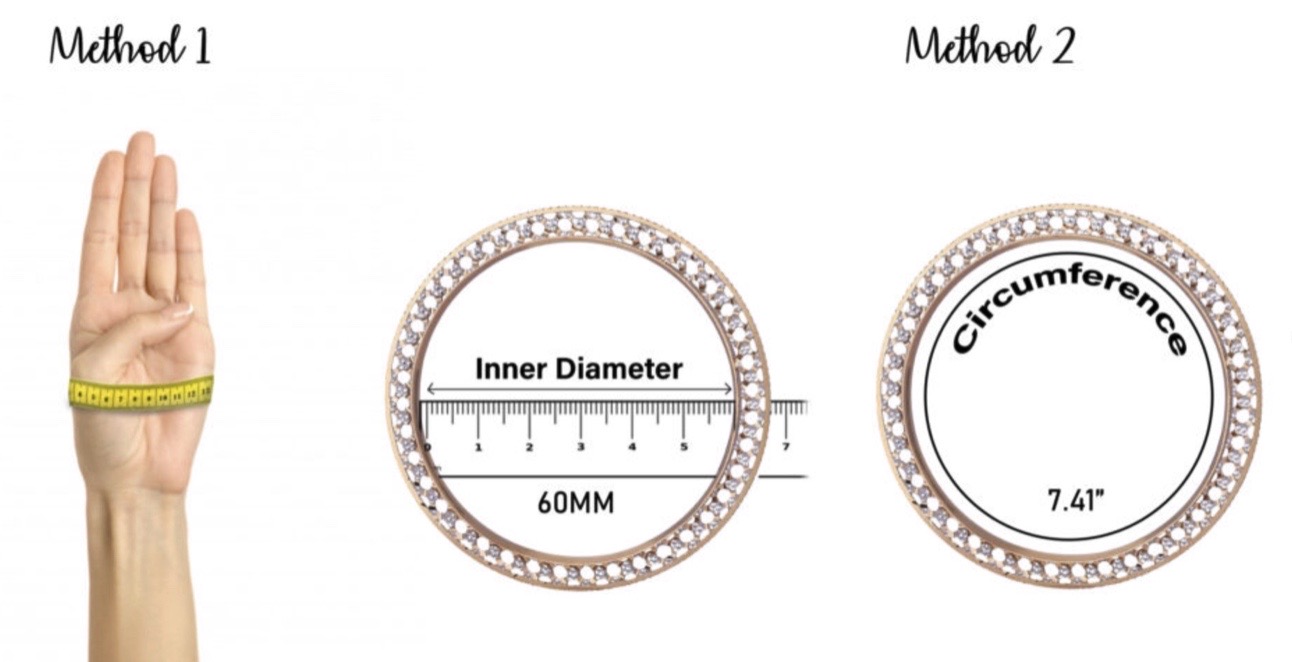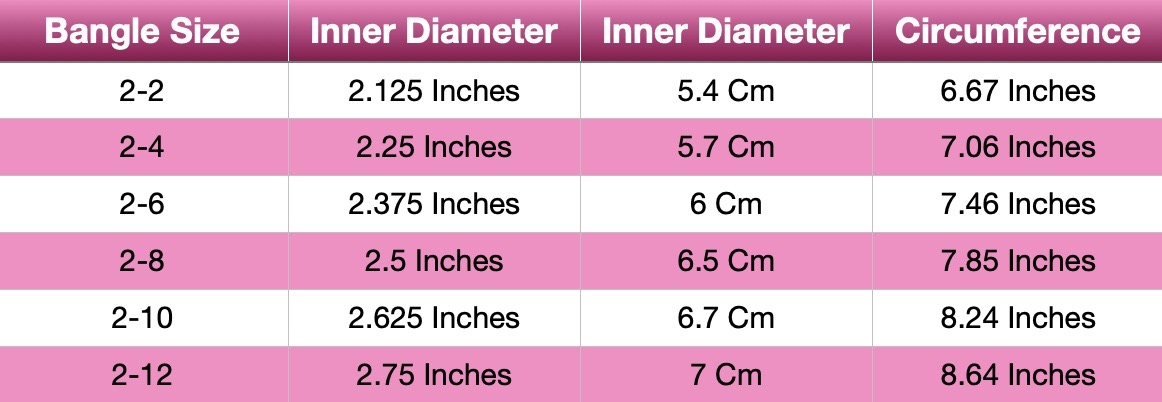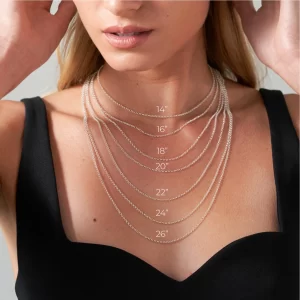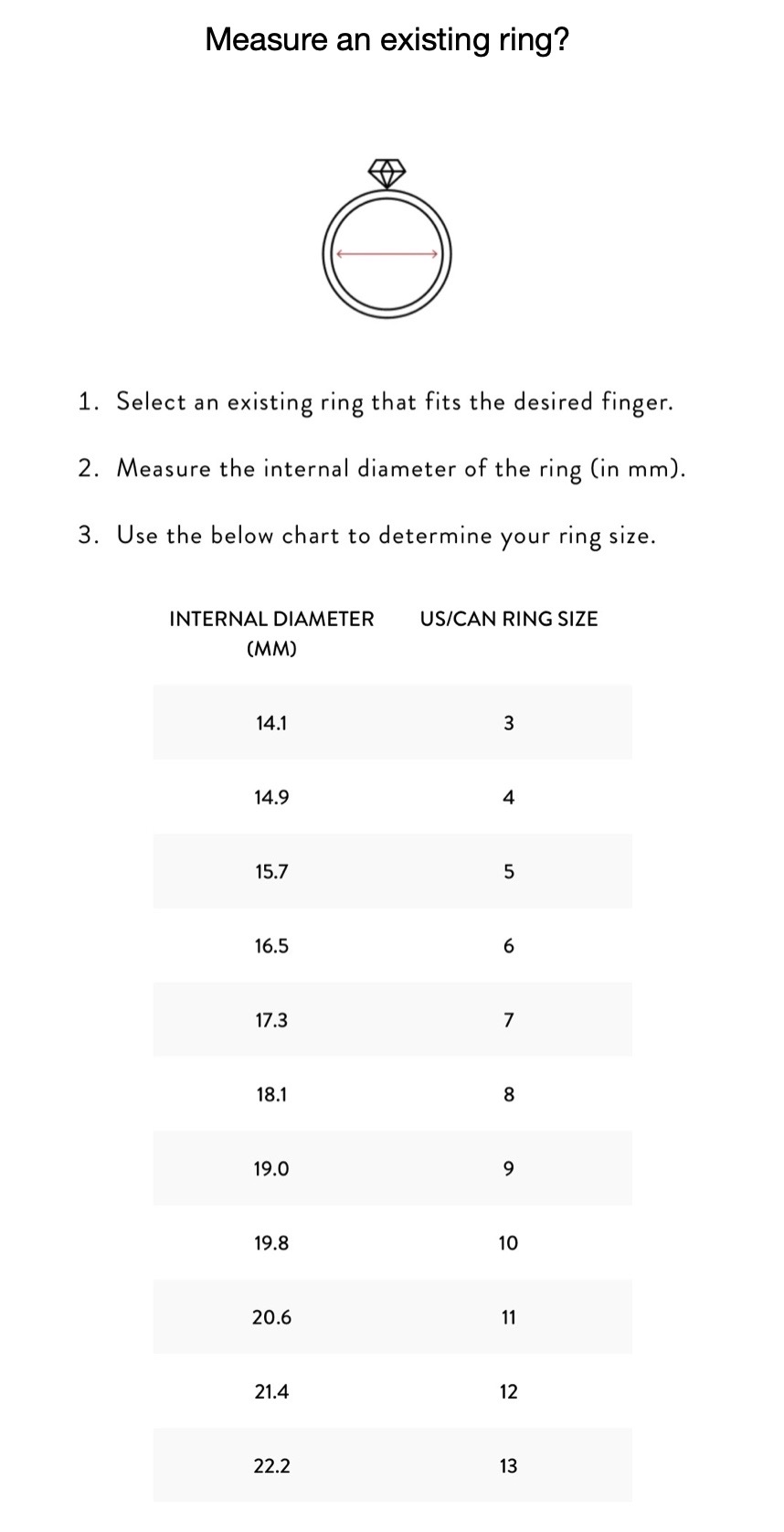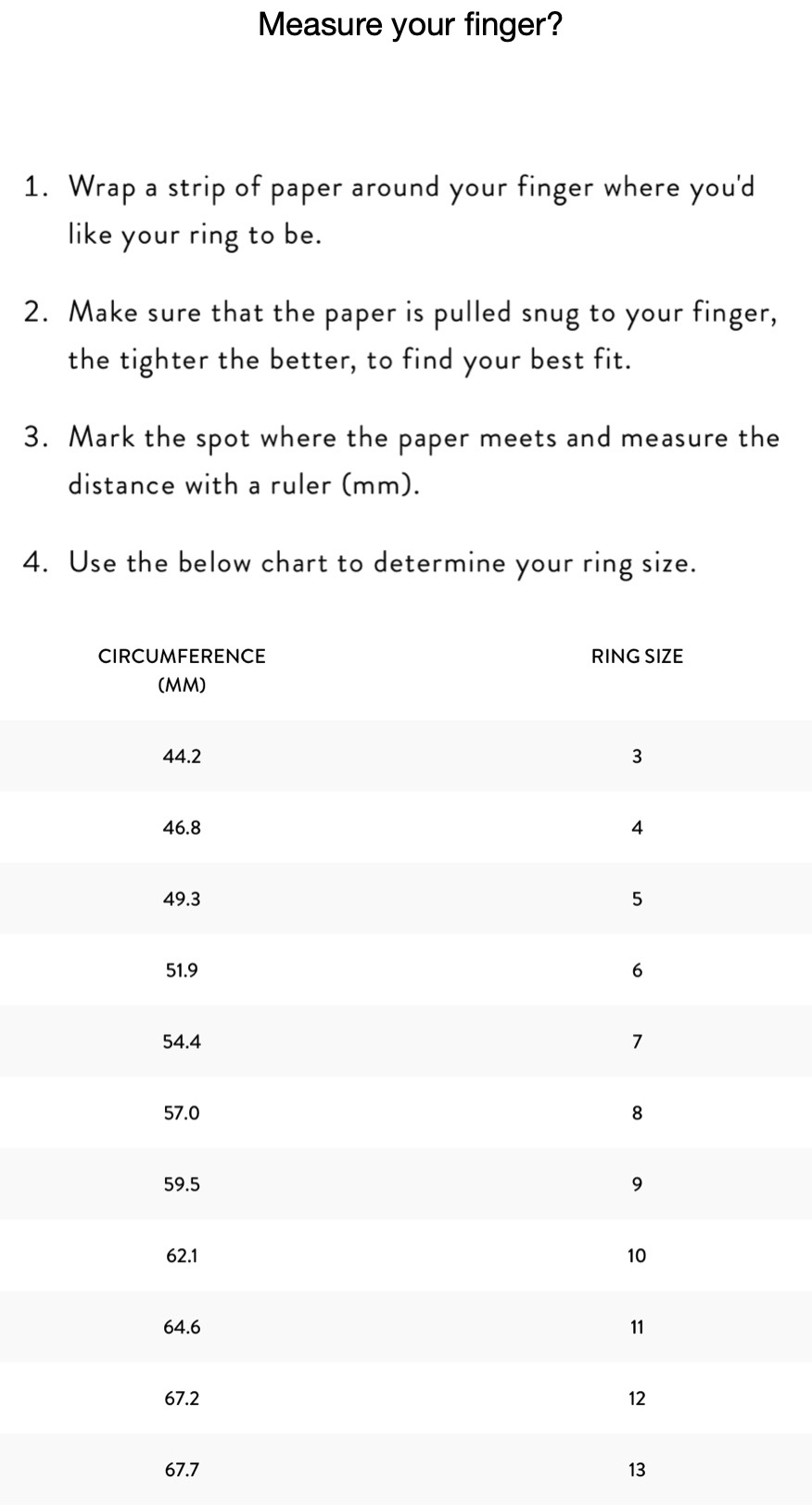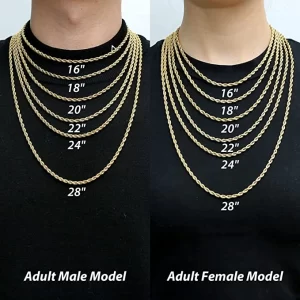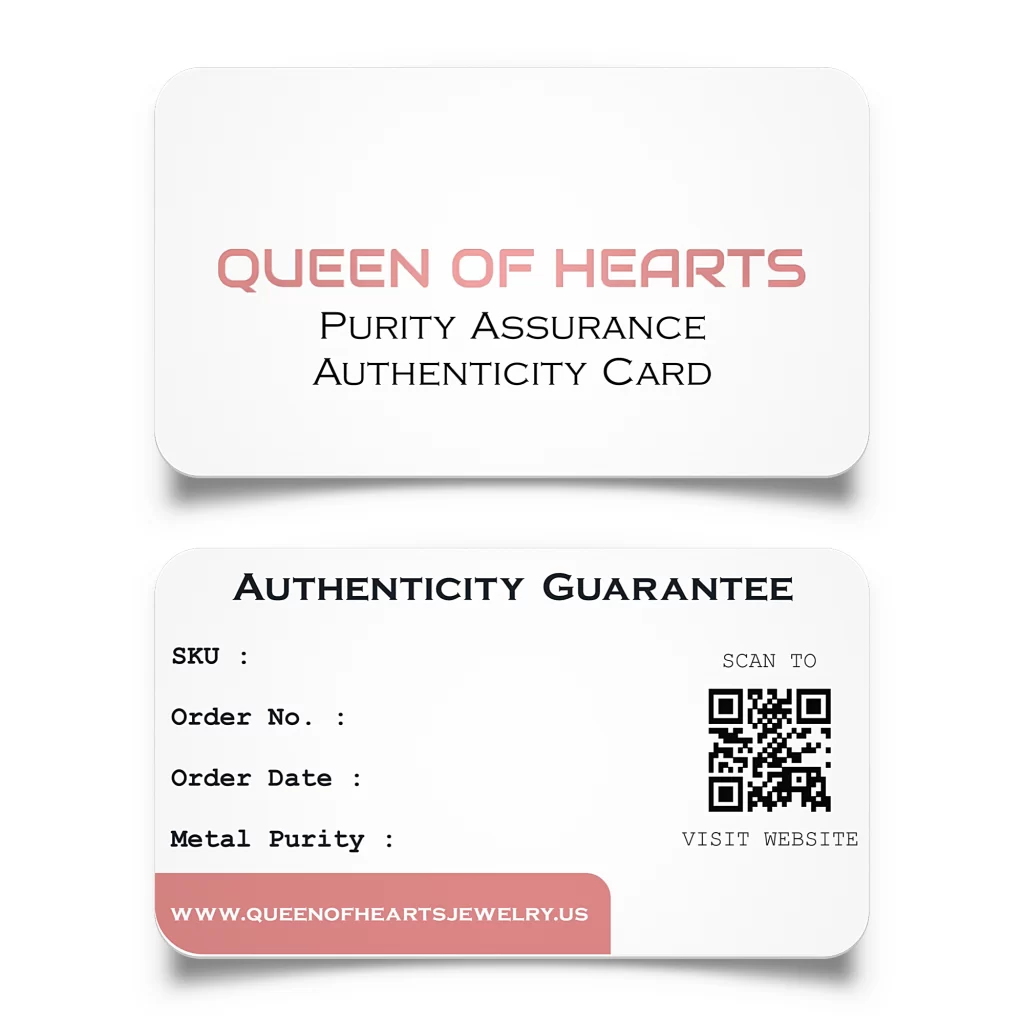Pendants as Socially Valuable Ornaments
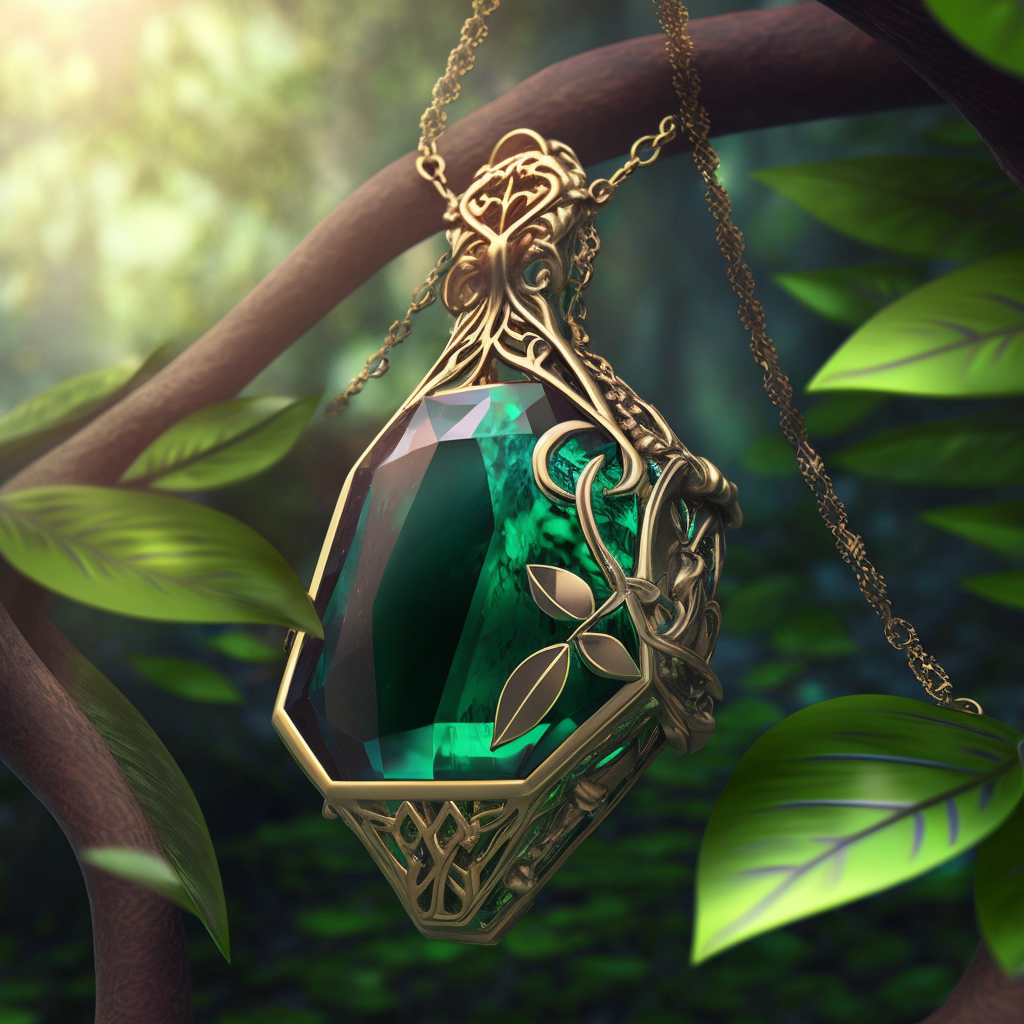
In a world of fast fashion and mass-market accessories, there’s something to be said about owning rare, expensive, and authentic jewelry. From wedding rings to mangalsutra, jewelry has always carried a profound historic meaning to cultures and civilizations both past and present, so what value does jewelry hold in a world where even the most precious of gemstones are readily available to buy?
In this blog, we’re going to take a look at the role of pendants as socially valuable ornaments: what a pendant symbolizes, how its meaning has evolved, and what worth one carries in the contemporary age.
WHAT IS A PENDANT?
A pendant is a single charm that is attached to a necklace chain, either for decorative or symbolic purposes. You can find pendants made from a variety of materials, including precious metals, gemstones, and crystals, many of which carry personal or historic meaning.
In the modern world, the symbolic relevance of a pendant can be derived through the materials the pendant is made from, the design elements they incorporate, or by a sentimental attachment (for example, a pendant given as a gift.)
WHAT DO PENDANTS SYMBOLIZE?
Pendants and necklaces have a long-established symbolic and cultural relevance in civilisations past and present, and remain culturally relevant across the world to this day. The use of pendant necklaces in cultural practice dates back from 6AD to the Egyptian period, with many mythologies surrounding the pendant still relevant to this day. Here are just a few historical examples:
THE ANKH
Rooted in Egyptian mythology, the Ankh was a pendant necklace that represented eternal life and regeneration, and was commonly used in both art and jewelry during the Egyptian period. Represented by the symbol of an eternal ‘loop’ figure, the Ankh remains a symbol of cultural significance today.
MANGALSUTRA
In traditional Indian culture, a Mangalsutra is a necklace that is placed around the neck of a bride-to-be during a traditional Indian wedding ceremony. Used to symbolize both the bride’s marital status, and worn to deter evil energies, mangalsutra remains a commonplace practice in India, Sri Lanka, and Nepal.
THE EYE OF HORUS
The Eye of Horus, also known as the “all-seeing-eye”, is another example of ancient Egypt’s symbolic use of pendants. Considered as a symbol of enlightenment and good health, pendants adorned with the Eye of Horus were once worn around the neck to offer wearers protection from danger and evil forces.
WHAT MAKES A PENDANT VALUABLE?
So, what makes a pendant valuable in the modern age? From representing sentimentality to material wealth, here’s how a pendant derives value in the 21st century:
MATERIALS
When it comes to determining the inherent value of any piece of jewelry, the material that it’s made from might be your first consideration. This is a valuable position, especially in a world where faux, mass-market gold and silver is readily available in high street stores and boutiques.
If you want to wear – or gift – a pendant with real, unarguable value, you can do so by opting for a rare, soft, or precious metal. For example, a 22 carat gold pendant carries both symbolic and material value, with a pure gold percentage of around 92%. Real gold has always been a symbol of wealth and prosperity, and this hasn’t changed in the contemporary age. This also applies to real diamonds and real silver, both of which are heavily replicated with steel and inexpensive crystals.
SENTIMENTALITY
The inherent value of a pendant doesn’t need to come from its cost or materials. Another way a pendant can derive value is through its relationship to sentimentality; for example, pendants given or received as sentimental gifts. Jewelry has a long-established relationship to both historic and modern romanticism, and pendants are commonly offered as gifts during dating and courting procedures. Heart-shaped pendants, rose pendants, and infinity pendants are all popular pendants used to symbolize love, devotion, and commitment.
CULTURAL AND RELIGIOUS VALUE
As explained above, pendants offer cultural value, and are also commonly used as a form of religious symbolism. Many Christians proudly wear a crucifix pendant, while those of the Jewish faith often wear a Star of David pendant. For the non-religious, pendants representing everything from astrological signs and birthstones to quartz crystals provide comfort, and an attachment to new-age spirituality. Overall, the inherent value of a pendant cannot be determined based on a single factor alone. To some, the pendant will always be a historic symbol of luck, fortune, and protection; for others, the pendant will always be a channel for religiosity or spiritual symbolism.

